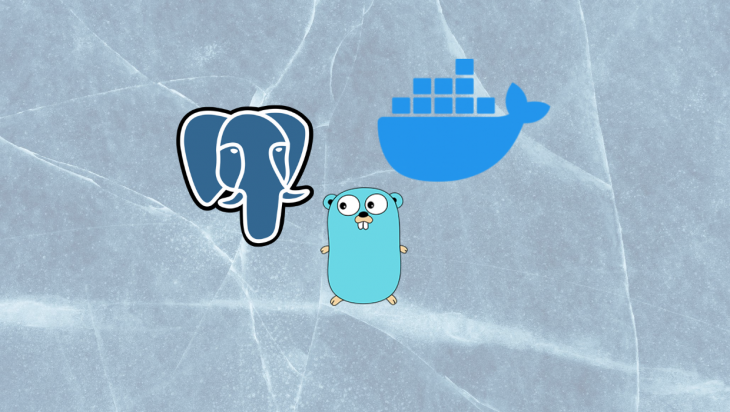

- #CONNECTING HTML5 BUILDER WITH POSTGRESQL INSTALL#
- #CONNECTING HTML5 BUILDER WITH POSTGRESQL UPDATE#
- #CONNECTING HTML5 BUILDER WITH POSTGRESQL WINDOWS 7#
For this, you can use the Postgres CLI, psql. The next thing you’ll need to do is create a Postgres user and database for the project.
#CONNECTING HTML5 BUILDER WITH POSTGRESQL INSTALL#
If you don’t already have it installed, go to their downloads page and install it. You’ll need to have PostgreSQL installed for this tutorial. For example, in this tutorial, you’ll be using Postgres, but later if you decided you’d rather use MySQL, all you’d have to do is change out some dependencies. No need to actually write persistence or retrieval methods! Another great benefit is that you can change the underlying database implementation transparently without having to change any code.

As you’ll see, it makes persisting your Java classes as simple as adding some annotations and creating a simple repository interface. Spring Data JPA is a wrapper around JPA providers such as Hibernate. It describes an abstraction layer between Java classes and a relational database. JPA is the Java Persistence API, a specification for managing relational databases using Java. If this sounds complicated - don’t worry! It’s not.īefore we dig in, let’s cover some background:Ī resource server is a programmatic access point for your server’s functions and data (basically the same as an API server and/or possibly REST server). On top of that, you’re going to implement a group-based authentication and authorization layer using OAuth 2.0. In this post, you’re going to build a resource server using Spring Boot and Spring Data JPA. When coupled with Okta, you get professionally maintained OAuth and JWT technologies easily integrated into Spring Boot using Spring Security. Within the Java ecosystem, Spring makes building secure resource servers for your data simple. Java is a great language with decades of history in professional, enterprise development, and is a great choice for any application’s server stack.
#CONNECTING HTML5 BUILDER WITH POSTGRESQL UPDATE#
Is the server running on host "localhost" (127.0.0.1) and acceptingįailed to install the 'adminpack' module in the 'postgres' databaseĮrror running cscript //NoLogo "C:\Program Files (x86)\PostgreSQL\9.2\installer\server\loadmodules.vbs" "postgres" "****" "C:\Program Files (x86)\PostgreSQL\9.2" "C:\Program Files (x86)\PostgreSQL\9.Every non-trivial application needs a way to save and update data: a resource server that is accessible via HTTP. Is the server running on host "localhost" (::1) and acceptingĬould not connect to server: Connection refused (0x0000274D/10061) Psql: could not connect to server: Connection refused (0x0000274D/10061) Installing the adminpack module in the postgres database.Įxecuting 'C:\Users\ucesga1\AppData\Local\Temp\rad87BB2.bat'.

Loading additional SQL modules.Įxecuting cscript //NoLogo "C:\Program Files (x86)\PostgreSQL\9.2\installer\server\loadmodules.vbs" "postgres" "****" "C:\Program Files (x86)\PostgreSQL\9.2" "C:\Program Files (x86)\PostgreSQL\9.2\data" 5432 I'm now having trouble getting PostgreSQL to install.
#CONNECTING HTML5 BUILDER WITH POSTGRESQL WINDOWS 7#
I'm using Windows 7 Enterprise 64bit Service Pack 1, QGIS Lisboa. I can get Postgres installed but the Stack Builder will not connect. How do install pgrouting? And what do I need first and how do I install whatever is needed? Can some helpful soul offer a step-by-step guide? I'm a QGIS newbie and please assume I know nothing! All guides/how-tos are different or assume prior knowledge. I know this has probably been covered and that there are plenty of guides out there, but for the life of me I cannot get pgrouting installed.


 0 kommentar(er)
0 kommentar(er)
